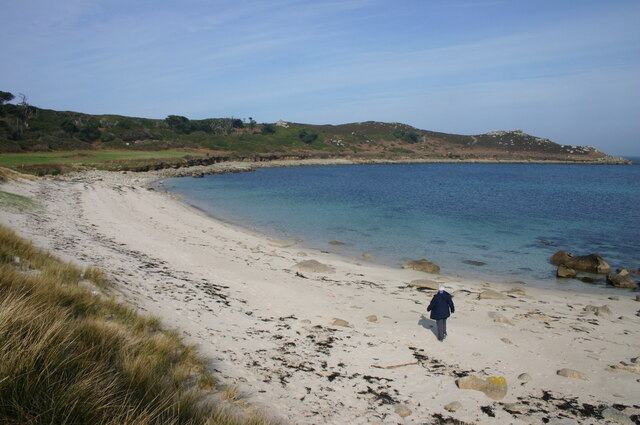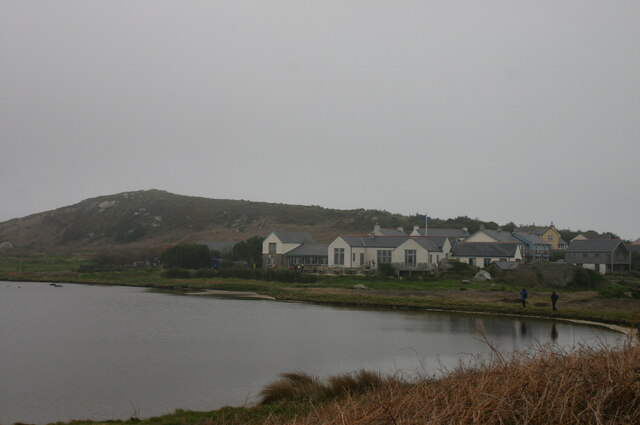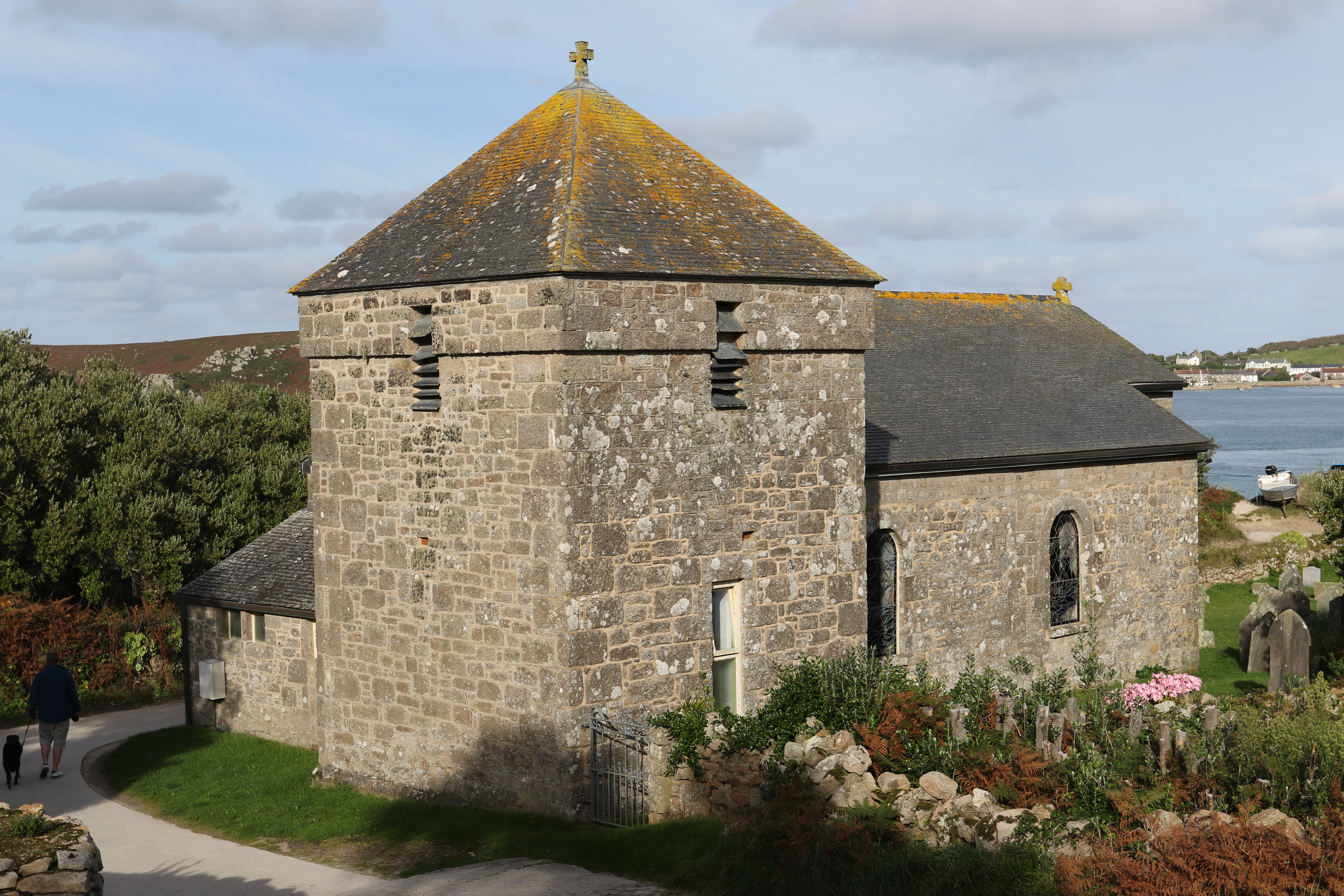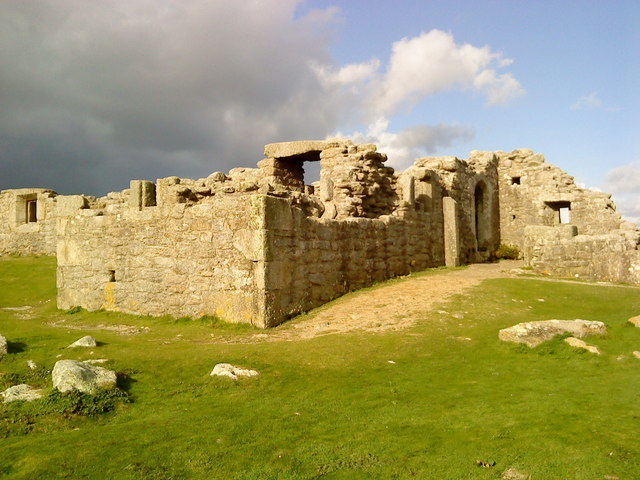Timmy's Hill
Hill, Mountain in Cornwall
England
Timmy's Hill

Timmy's Hill is a prominent natural landmark situated in Cornwall, England. This hill, also referred to as Timmy's Mountain by locals, is renowned for its breathtaking views and rich history. Standing at an elevation of approximately 322 meters (1,056 feet), it offers visitors a stunning panorama of the surrounding countryside.
Located in the southeastern part of Cornwall, Timmy's Hill is easily accessible by foot or car. The hill is characterized by its gentle slopes and lush greenery, making it a popular spot for hikers, nature enthusiasts, and photographers. The trail leading to the summit is well-maintained and provides a relatively easy climb, suitable for all ages and fitness levels.
Timmy's Hill has a fascinating history dating back centuries. It is believed to have been named after a local resident named Timmy, who was known for his love of the hill and spent much of his time exploring its trails. The hill has also been associated with ancient folklore and legends, captivating the imagination of those who visit.
Apart from its natural beauty, Timmy's Hill boasts an abundance of wildlife, including various species of birds, rabbits, and occasional deer sightings. The hill's diverse flora adds to its allure, with wildflowers, ferns, and moss-covered rocks dotting the landscape.
Visitors to Timmy's Hill can enjoy a peaceful and serene environment, away from the hustle and bustle of daily life. Whether it's a leisurely stroll or an adventurous hike, this hill offers a rejuvenating experience for all who seek solace in nature's embrace.
If you have any feedback on the listing, please let us know in the comments section below.
Timmy's Hill Images
Images are sourced within 2km of 49.952179/-6.3546934 or Grid Reference SV8714. Thanks to Geograph Open Source API. All images are credited.













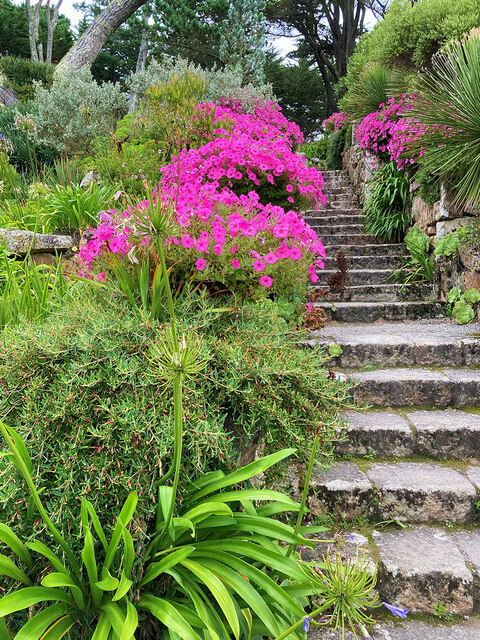
Timmy's Hill is located at Grid Ref: SV8714 (Lat: 49.952179, Lng: -6.3546934)
Division: Isles of Scilly
Unitary Authority: Isles of Scilly
Police Authority: Devon and Cornwall
What 3 Words
///encourage.arts.jubilant. Near Bryher, Isles of Scilly
Nearby Locations
Related Wikis
Bryher
Bryher (Cornish: Breyer, lit. 'place of hills') is one of the smallest inhabited islands of the Isles of Scilly, with a population of 84 in 2011, spread...
All Saints' Church, Bryher
All Saints' Church is a Grade II listed parish church in the Church of England located in Bryher, Isles of Scilly. == History == Bryher is the most westerly...
Cromwell's Castle
Cromwell's Castle is an artillery fort overlooking New Grimsby harbour on the island of Tresco in the Isles of Scilly. It comprises a tall, circular gun...
Gweal, Isles of Scilly
Gweal ( GWEEL; Cornish: Gwydhyel, lit. 'place of trees') is one of the Isles of Scilly. It is the largest of the seven Norrard Rocks due west of Bryher...
Norrard Rocks
The Norrard (Northern) Rocks are a group of small uninhabited granite rocks in the north–western part of the Isles of Scilly, to the west of Bryher and...
RNAS Tresco
RNAS Tresco was a Royal Naval Air Service base on Tresco, the second largest island in the Isles of Scilly. From February 1917 to May 1919 aircraft patrolled...
New Grimsby
New Grimsby (Cornish: Enysgrymm Nowyth) is a coastal settlement on the island of Tresco in the Isles of Scilly, England. It is located on the west side...
King Charles's Castle
King Charles's Castle is a ruined artillery fort overlooking New Grimsby harbour on the island of Tresco in the Isles of Scilly. Built between 1548 and...
Nearby Amenities
Located within 500m of 49.952179,-6.3546934Have you been to Timmy's Hill?
Leave your review of Timmy's Hill below (or comments, questions and feedback).
